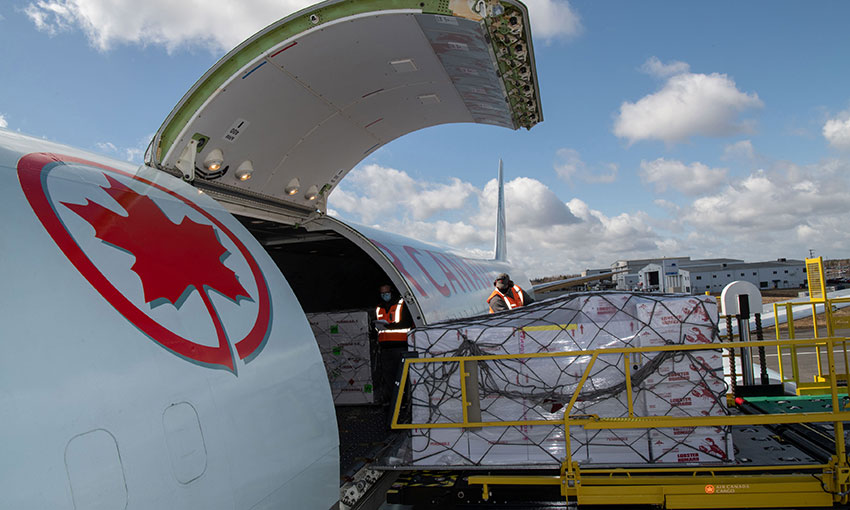GLOBAL air cargo demand in July this year dropped slightly compared with the same month in 2022, but it has improved in recent months, the International Air Transport Association said.
IATA’s most recent monthly air cargo data indicates global demand (measured in cargo tonne-kilometres) tracked at 0.8% below July 2022 levels.
Capacity was up 11.2% in July 2023 compared with the same month last year.
According to IATA, global cross-border trade contracted for the third month in a row in June, decreasing 2.5% year-over-year, reflecting the cooling demand environment and challenging macroeconomic conditions.
It said the difference between the annual growth rates of air cargo and the global goods trade narrowed to -0.8% in June. While air cargo growth is still lagging world trade, the gap is the narrowest since January 2022.
IATA director general Willie Walsh said demand for air cargo was basically flat compared with July 2022, but considering it was 3.4% below 2022 levels in June, it was a significant improvement.
“It continues a trend of strengthening demand that began in February,” Mr Walsh said.
“How this trend will evolve in the coming months will be something to watch carefully.
“Many fundamental drivers of air cargo demand, such as trade volumes and export orders, remain weak or are deteriorating.
“And there are growing concerns over how China’s economy is developing. At the same time, we are seeing shorter delivery times, which is normally a sign of increasing economic activity.
“Amid these mixed signals, strengthening demand gives us good reason to be cautiously optimistic.”
Regional performance
Asia-Pacific airlines saw their air cargo volumes increase by 2.7% in July 2023 compared with the same month in 2022. IATA said this was a significant improvement in performance compared with June this year (-3.3%).
Carriers in the region benefited from growth on three major trade lanes, namely Europe-Asia, Middle East-Asia and Africa-Asia.
Available capacity in the region increased by 26% compared with July 2022 as more belly capacity came online from the passenger side of the business.
North American carriers posted the weakest performance of all regions, with a 5.2% decrease in cargo volumes in July 2023 compared with the same month in 2022, marking the fifth consecutive month in which the region had the weakest performance.
IATA said this was, however, a slight improvement compared to June (-5.9%). Capacity increased 0.5% compared with July 2022.
In Europe, airlines saw their air cargo volumes decline by 1.5% in July compared with the same month in 2022.
IATA noted this was an improvement in performance versus June (-3.2%). Capacity increased 5.3% in July 2023 compared with July 2022.
Middle Eastern carriers experienced a 1.5% year-on-year increase in cargo volumes in July 2023. This was also an improvement to the previous month’s performance (0.6%).
The demand on Middle East-Asia routes has been trending upward in the past two months. Capacity increased 17.1% compared with July 2022.
In Latin America, carriers posted a 0.4% increase in cargo volumes compared to July 2022. This was a drop in performance compared to the previous month (2.2%). Capacity in July was up 10% compared with the same month in 2022.
And African airlines had the strongest performance in July 2023, with a 2.9% increase in cargo volumes compared to July 2022. Capacity was 11.0% above July 2022 levels.





